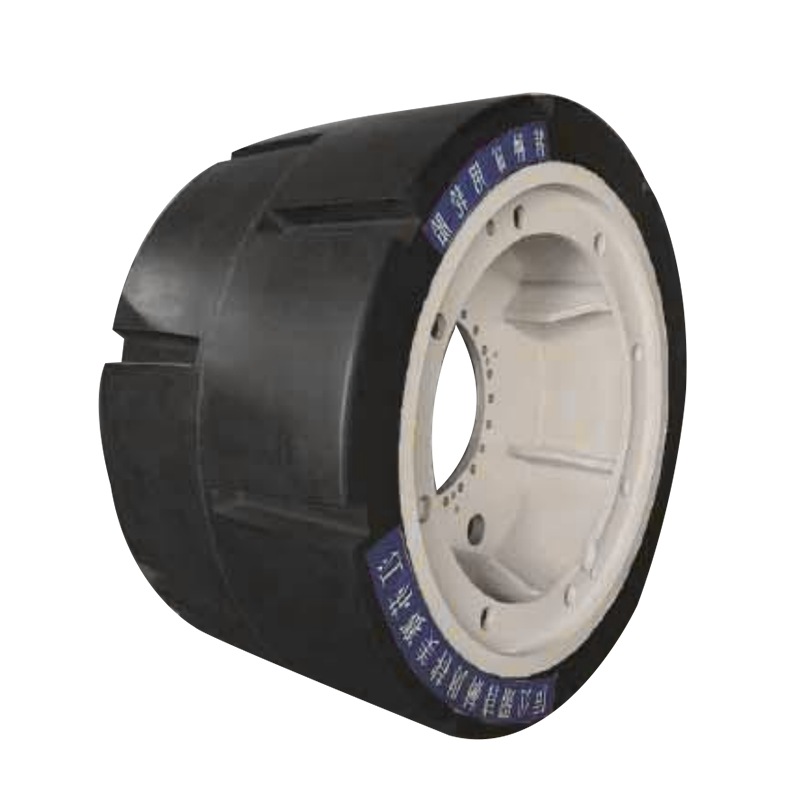Key Factors in Choosing Gantry Crane Tires for Optimal Efficiency
1. Environmental Conditions
Gantry cranes often operate in environments with challenging conditions, including extreme temperatures, humidity, and heavy-duty workloads. In such conditions, tires must be able to withstand these stresses without compromising safety or performance.
Temperature Variations: Tires used in extreme heat or cold must be able to maintain their structural integrity and performance. For cranes used in regions with harsh winters or scorching summers, it’s important to choose tires designed to withstand temperature fluctuations.
Moisture and Chemicals: For cranes operating in wet or corrosive environments, such as ports or industrial plants, tires that resist water damage and chemical exposure are crucial. Materials like rubber or specialized polymers are often used for their water-resistant properties.
2. Load and Weight Distribution
The weight distribution on gantry cranes is critical, and tires are responsible for supporting and distributing that load evenly. Overloading tires can lead to uneven wear, higher energy consumption, and ultimately premature failure.
Load Ratings: Each tire has a maximum load rating that must be matched to the specific needs of the gantry crane. It’s essential to select tires that can handle the expected load without exceeding their capacity.
Tire Configuration: Some cranes require specific tire configurations to ensure that weight is distributed correctly across multiple tires. The correct configuration helps to optimize the efficiency of the crane's movement and prolongs the lifespan of the tires.
3. Tire Materials and Construction
The materials used in the construction of gantry crane tires directly impact their performance and durability. Tires made with higher-quality materials tend to be more durable and perform better over time.
Rubber and Steel Reinforcement: The most common materials used in gantry crane tires are reinforced rubber and steel. The rubber provides the necessary grip and flexibility, while the steel reinforcement ensures the tire can bear the weight of the crane and withstand external forces.
Polyurethane and Plastic Composites: In some specialized applications, polyurethane or composite materials are used for tires to reduce weight and improve fuel efficiency.

4. Tread Design
The tread design of gantry crane tires is another important consideration that influences the crane’s stability and traction. Different tread patterns are designed to provide better grip in various environments.
Smooth Treads: Smooth tires are often used in environments where cranes operate on smooth surfaces like paved roads. These tires reduce rolling resistance and offer enhanced performance on flat ground.
Grooved Treads: In areas where uneven surfaces or rough terrain are common, grooved treads are used to improve traction and reduce the likelihood of tire slippage.
5. Cost and Maintenance
While high-quality gantry crane tires may come with a higher upfront cost, their durability can result in cost savings over time. Tires that require frequent replacements or repairs can add to the total operating cost. Moreover, tires that are easier to maintain, such as those with puncture-resistant features or those requiring less frequent inflation adjustments, can further reduce downtime and maintenance costs.
Longer Lifespan: Investing in premium tires can increase the crane’s overall operational efficiency by reducing the need for frequent replacements and minimizing maintenance downtime.
Maintenance Needs: Choosing tires that are easier to maintain, such as solid tires with fewer components to inspect, can help reduce labor costs and simplify operations.
CONTACT US
-

Email: SMT001@saimeite-tyre.com
-

Phone: +86-18451337018No. 1, Renmin South Road, Yandu District, Yancheng City, Jiangsu Province, China

 English
English 한국어
한국어 Français
Français Español
Español











